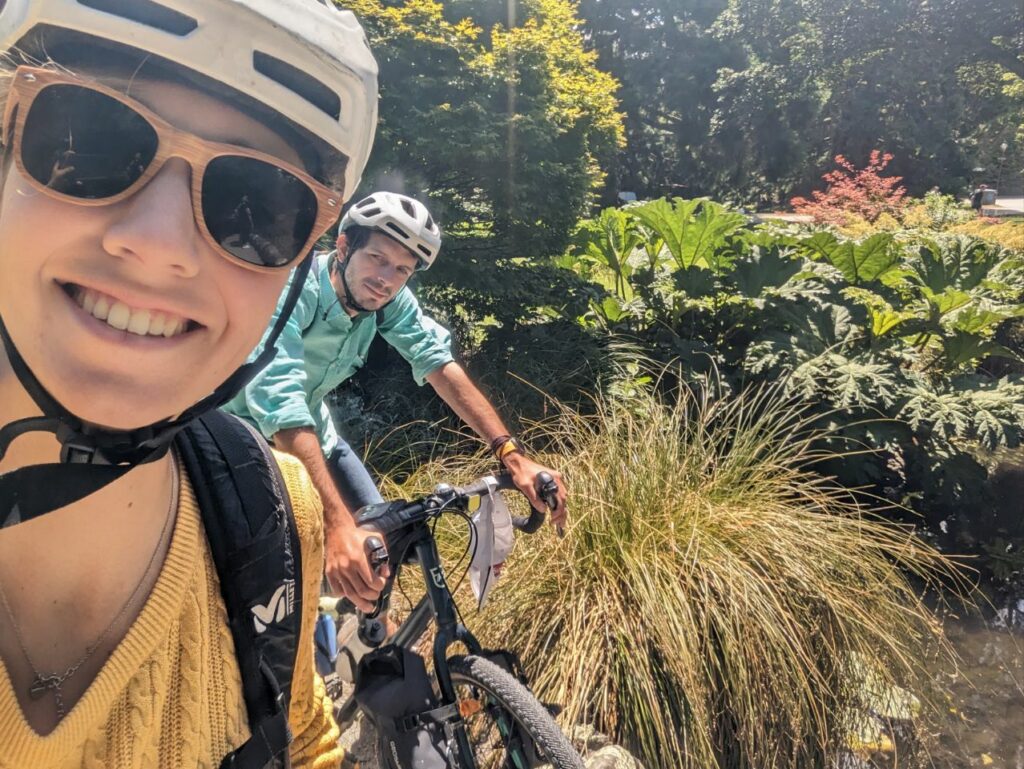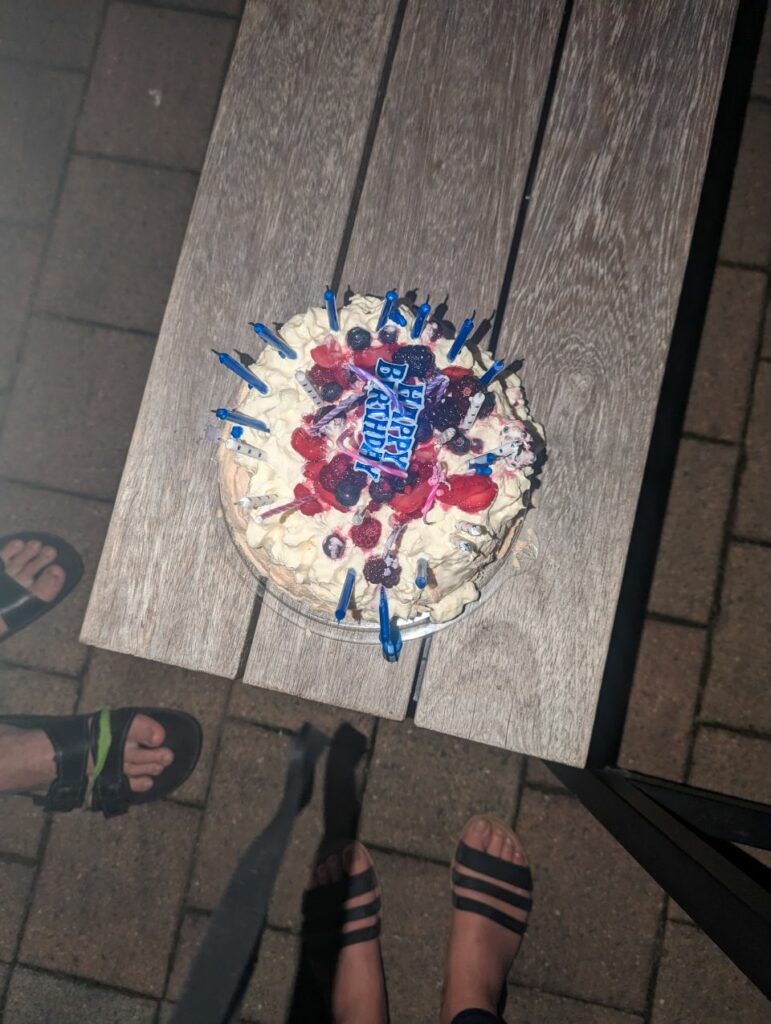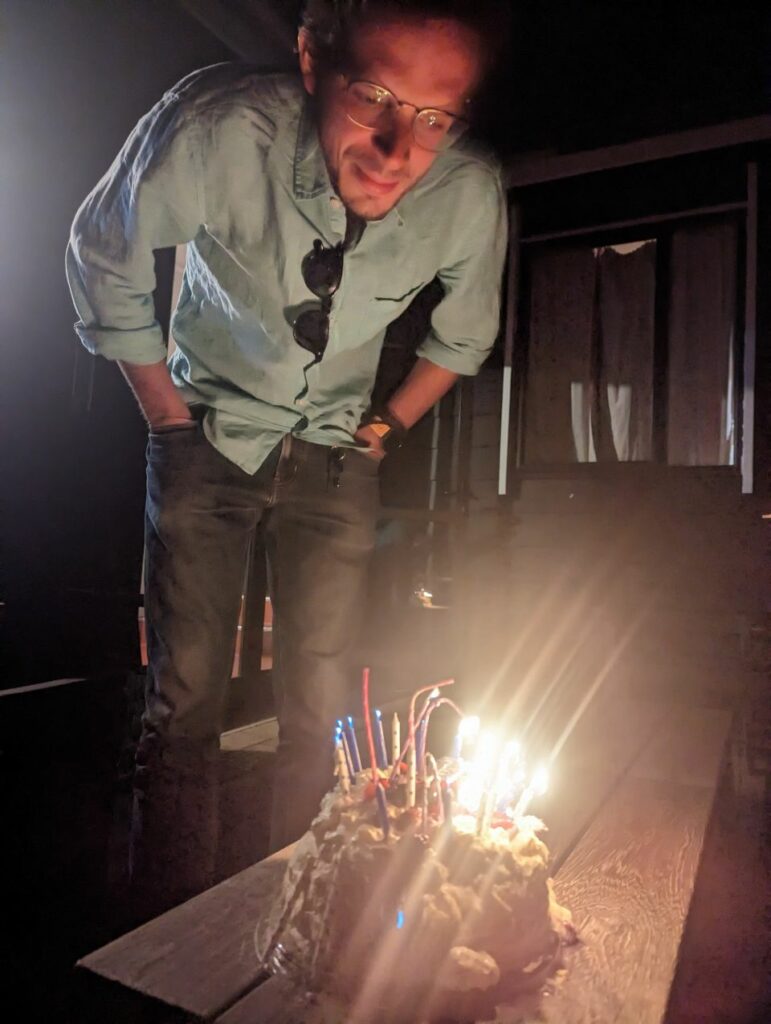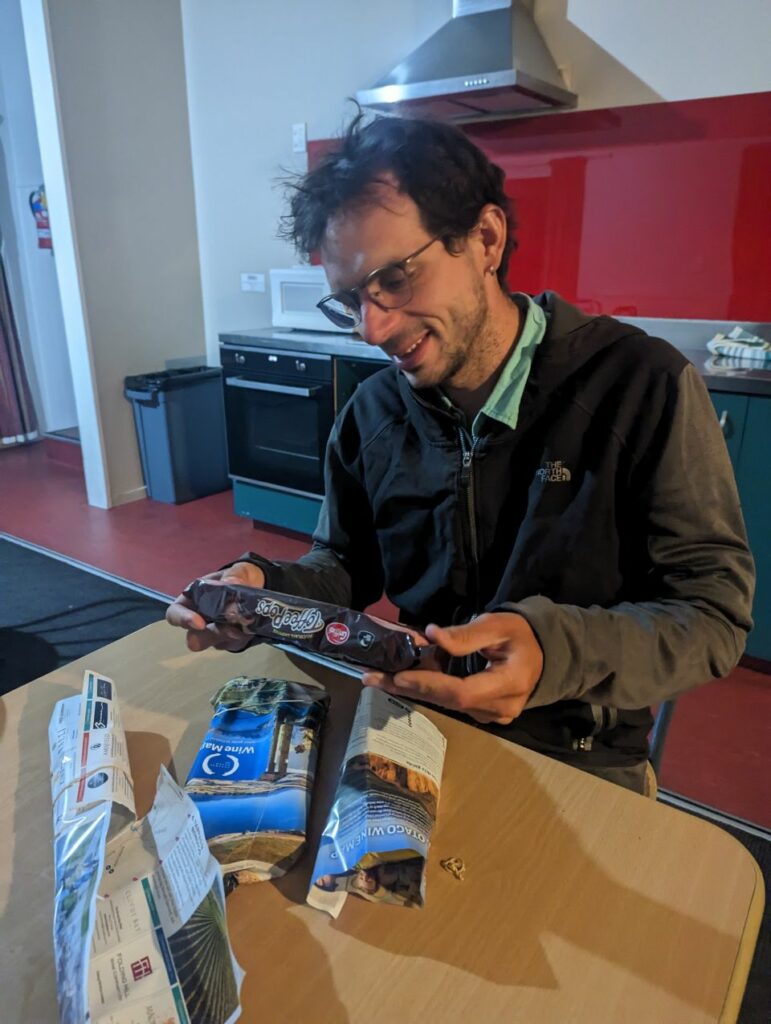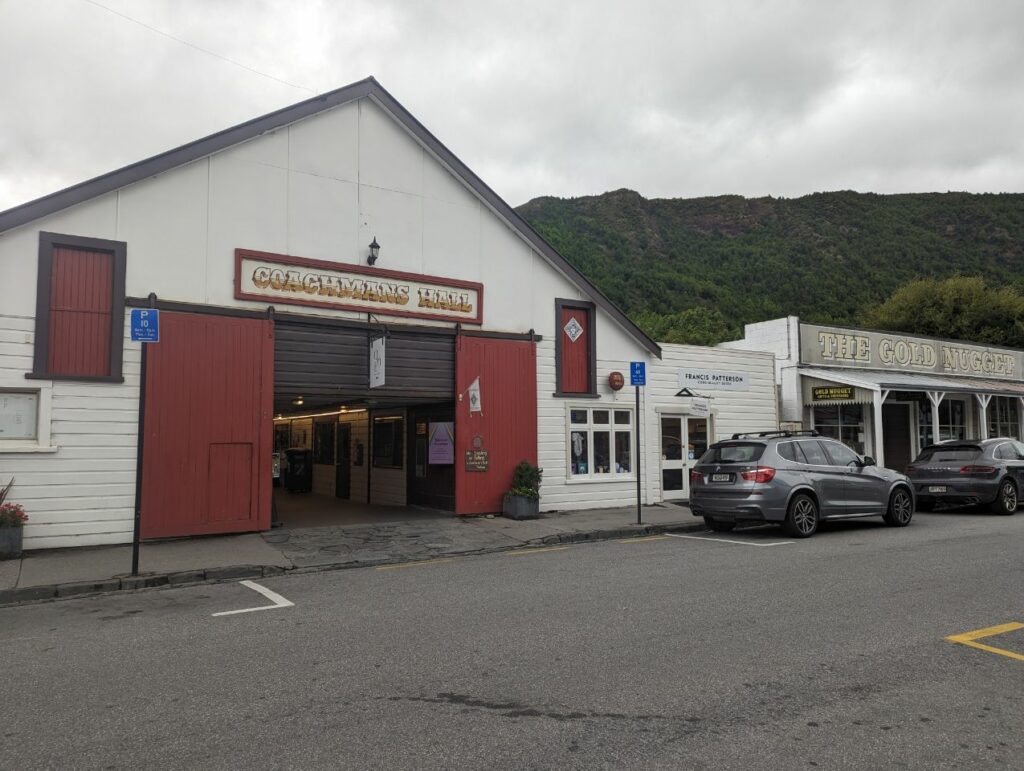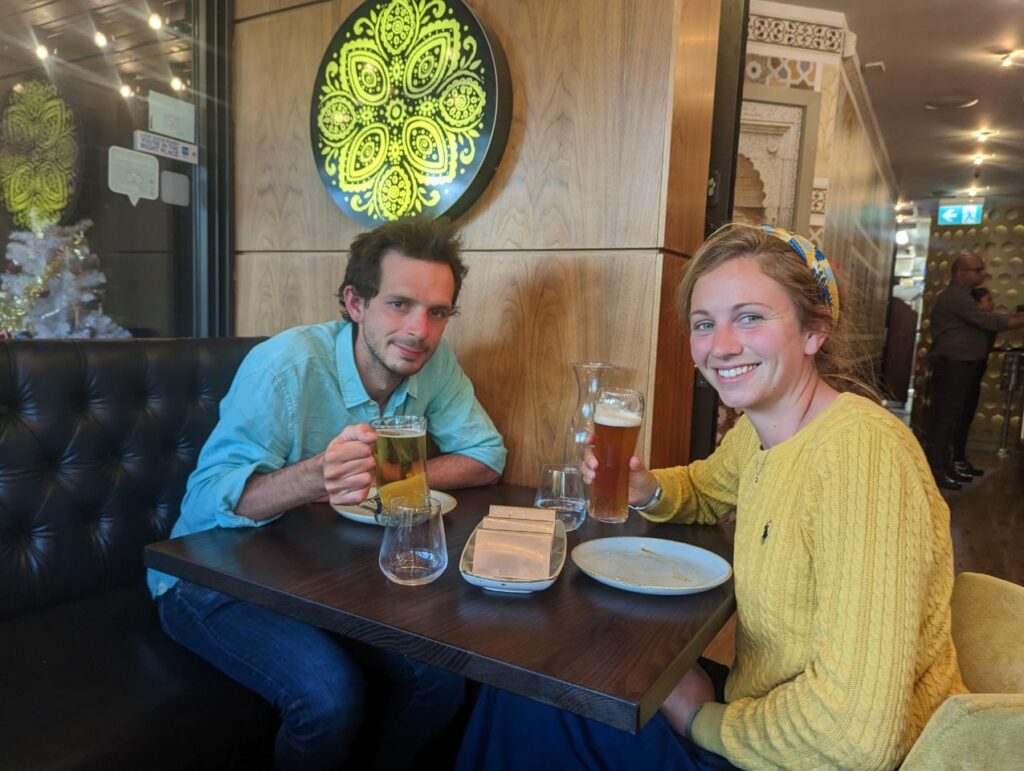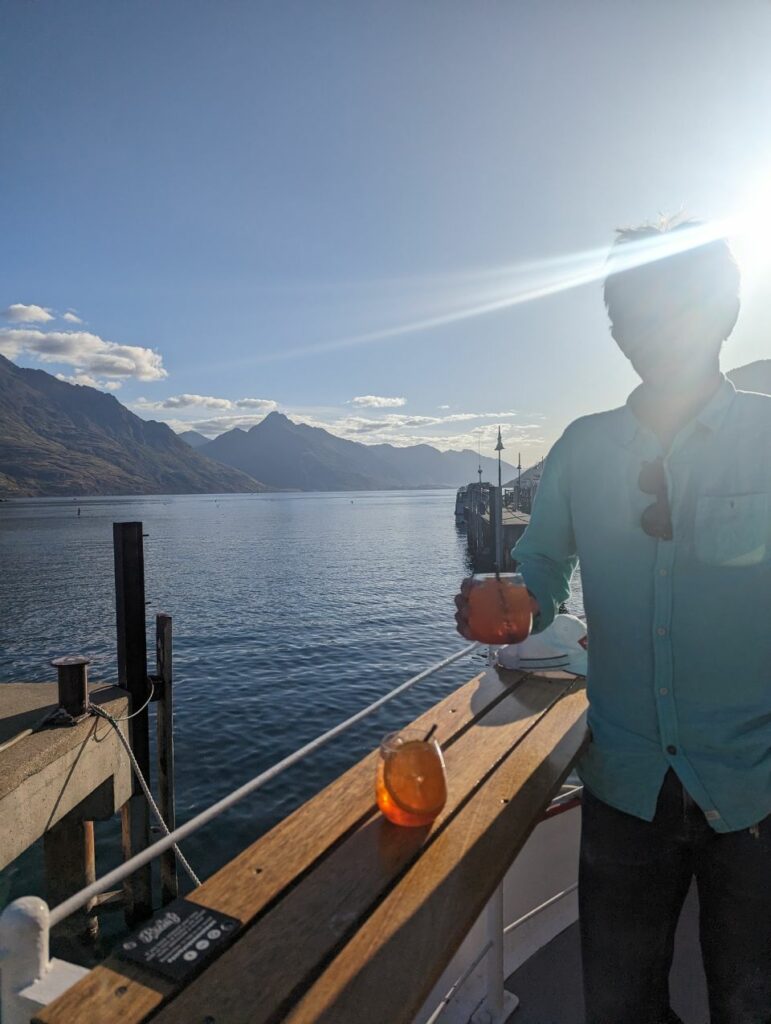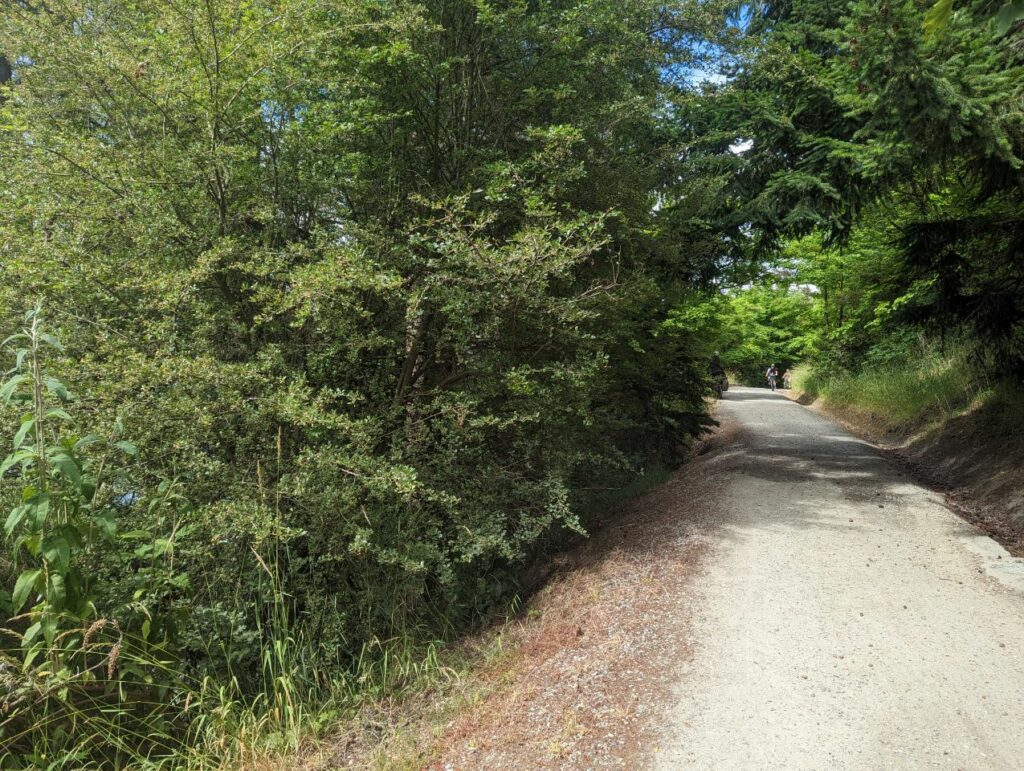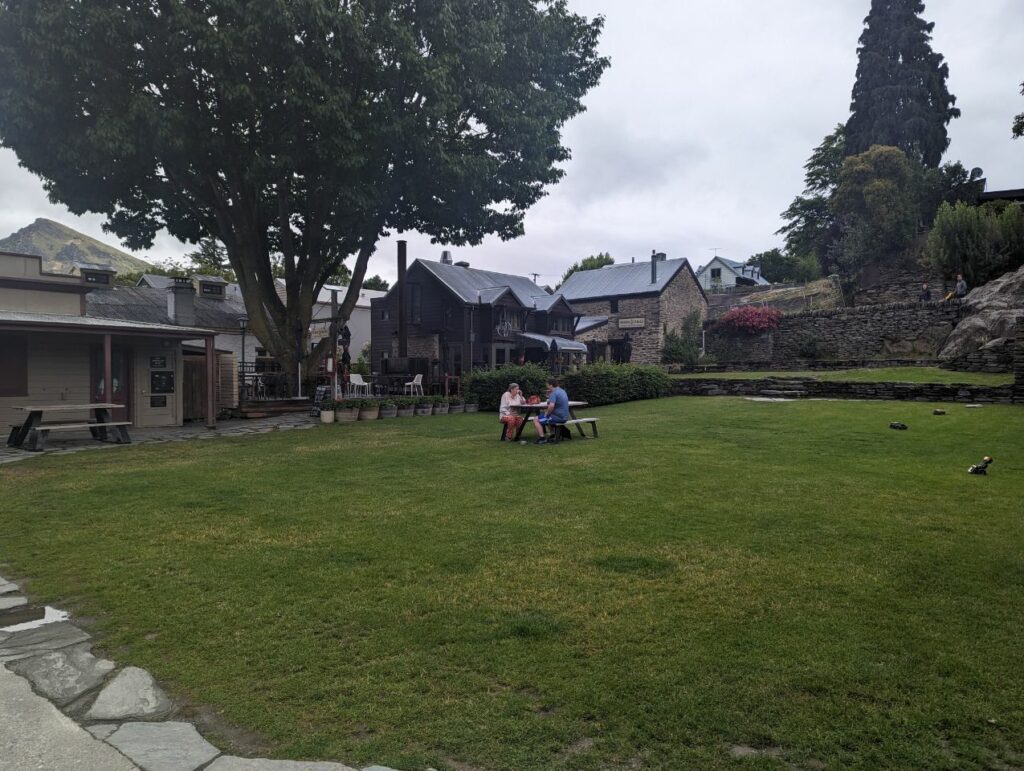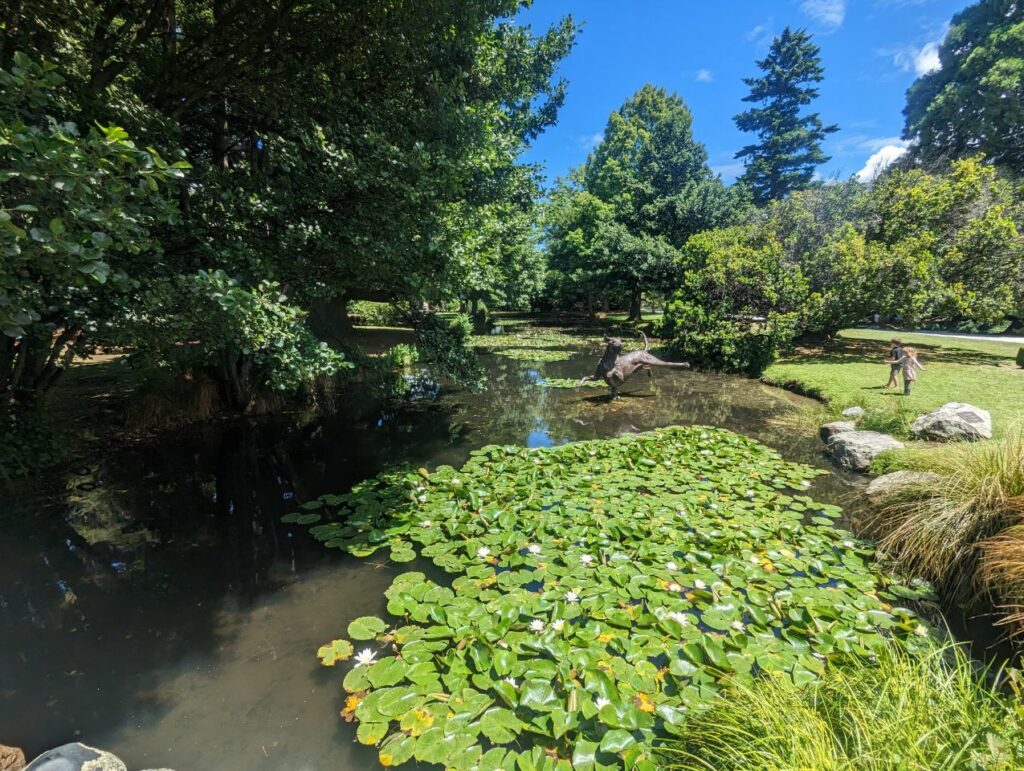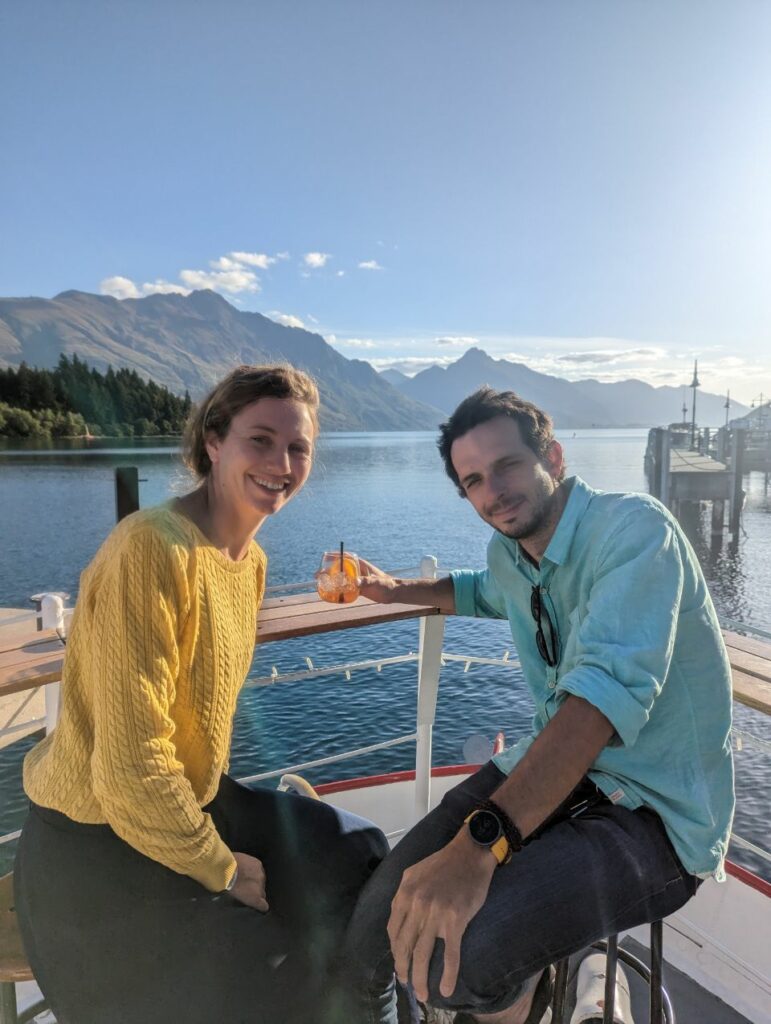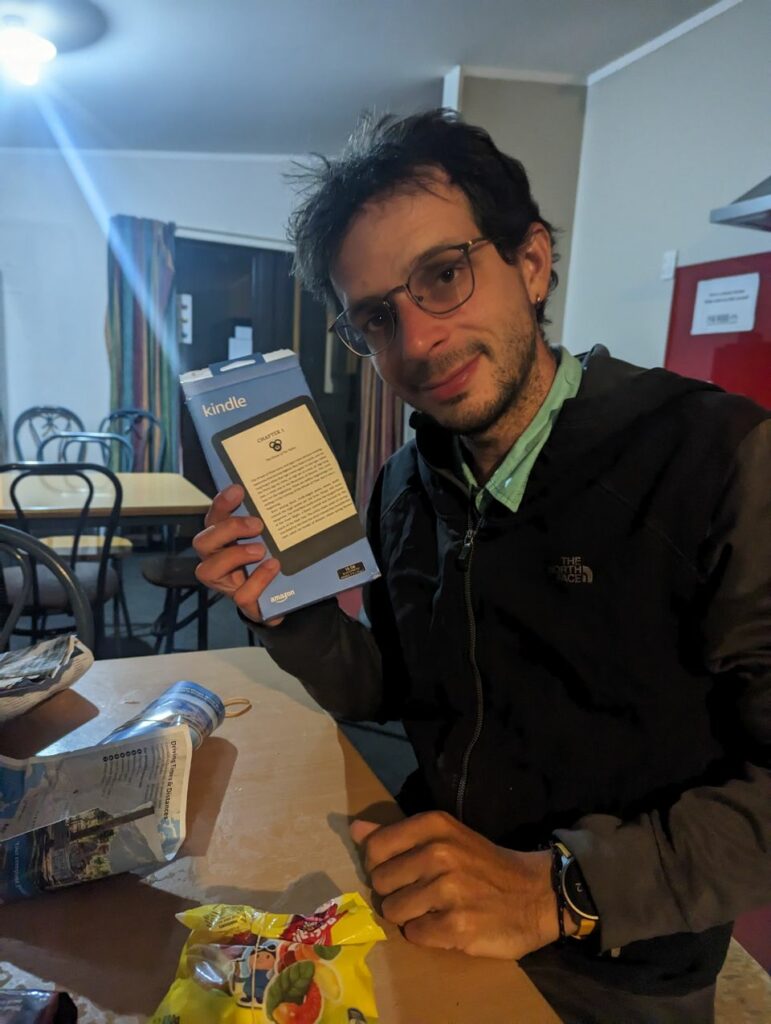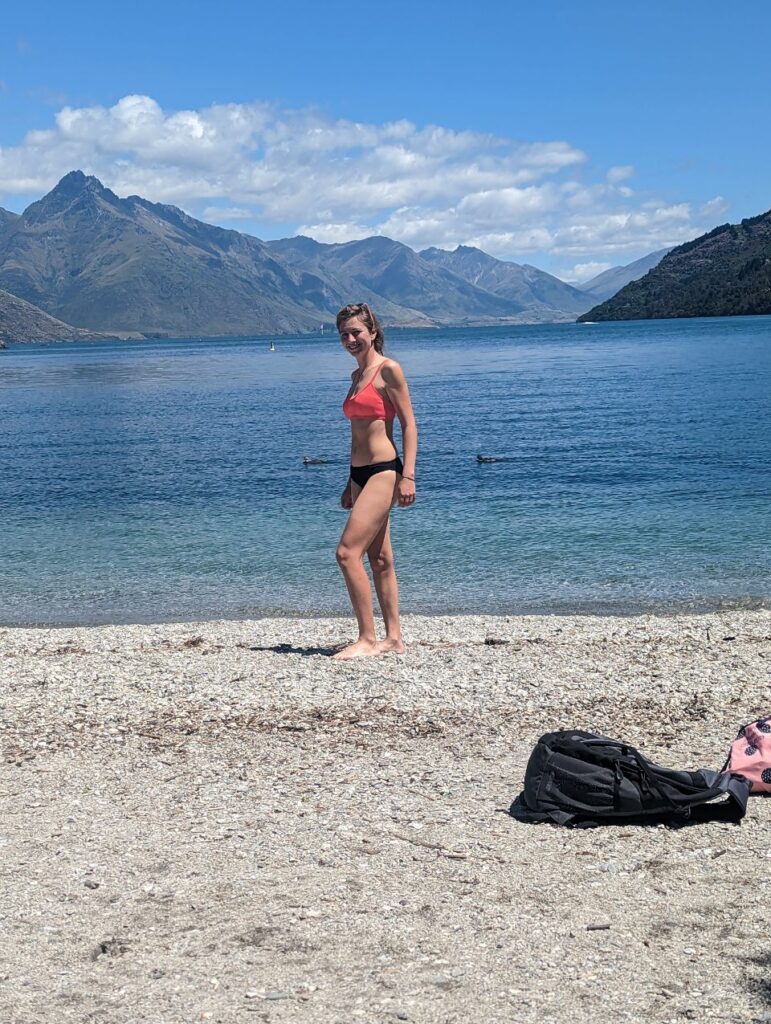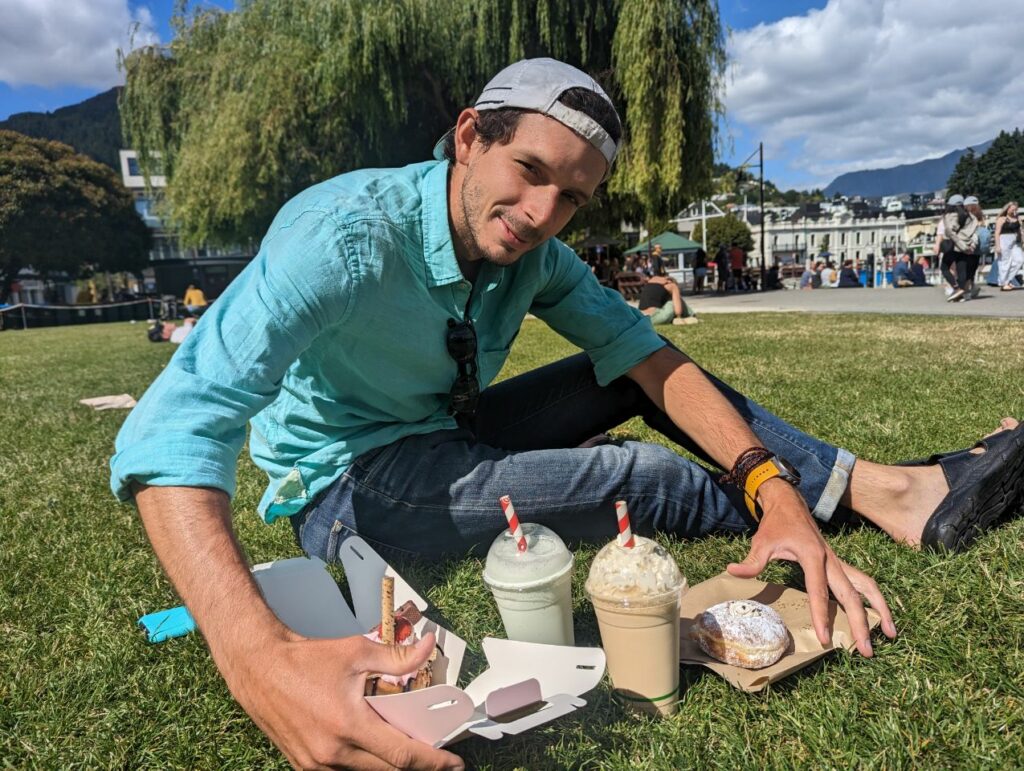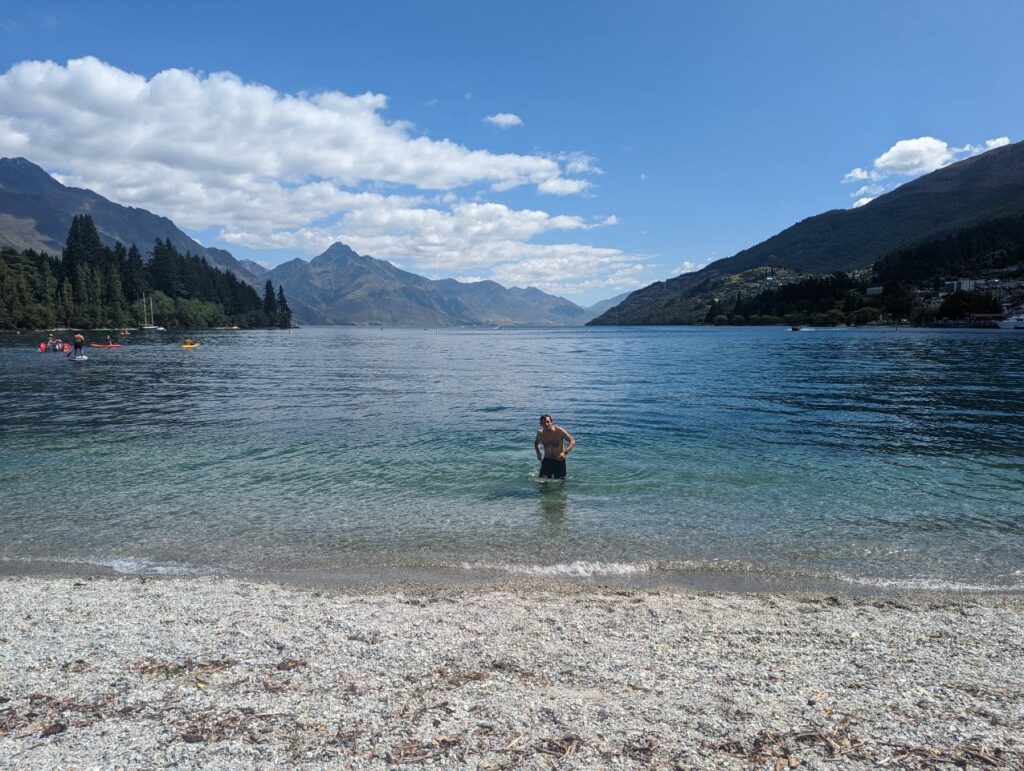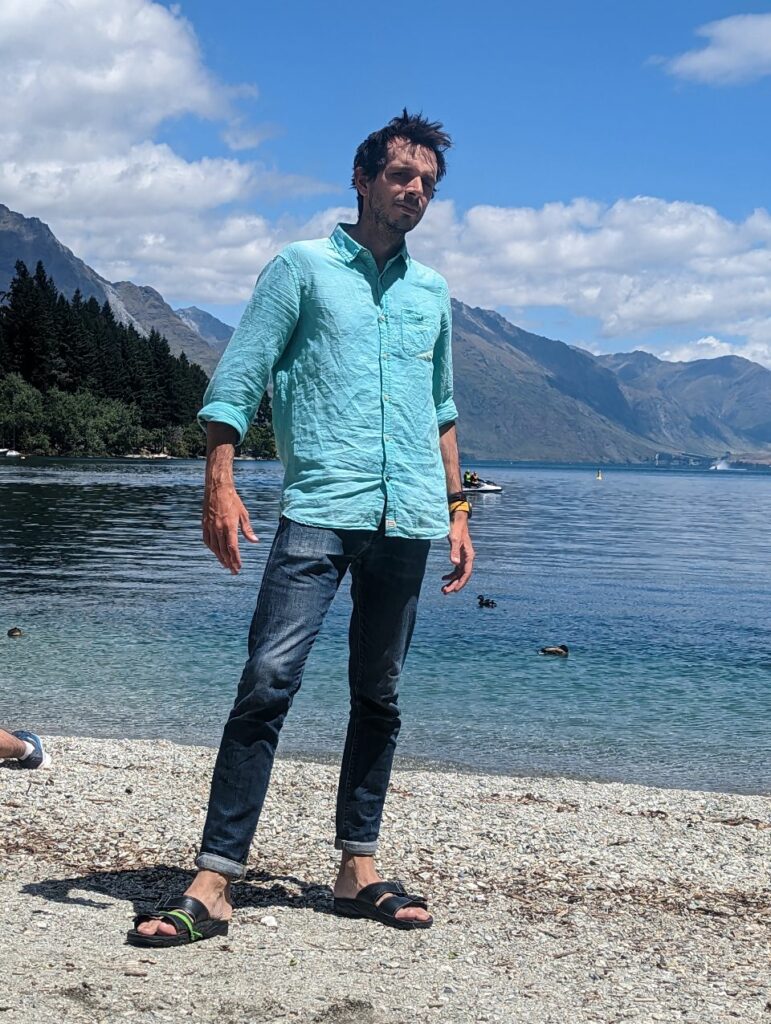Arrivée à Queenstown !!!
On passe par un magasin pour acheter le cadeau de Martin : une kindle
Après mûre réflexion on décide de ne pas démarrer la rando en arrivant car il est déjà 12h
Du coup petite balade en ville puis déjeuner puis les jardins de Queenstown avant de finir sur la plage où Martin perd aux Hives et doit piquer une tête
On se prend ensuite un gros dessert puis un verre avant de finir sur le resto d’anniversaire 🙂
Et bien sûr la fameuse Pavlova d’anniversaire ( mais pas de fondue cette année)
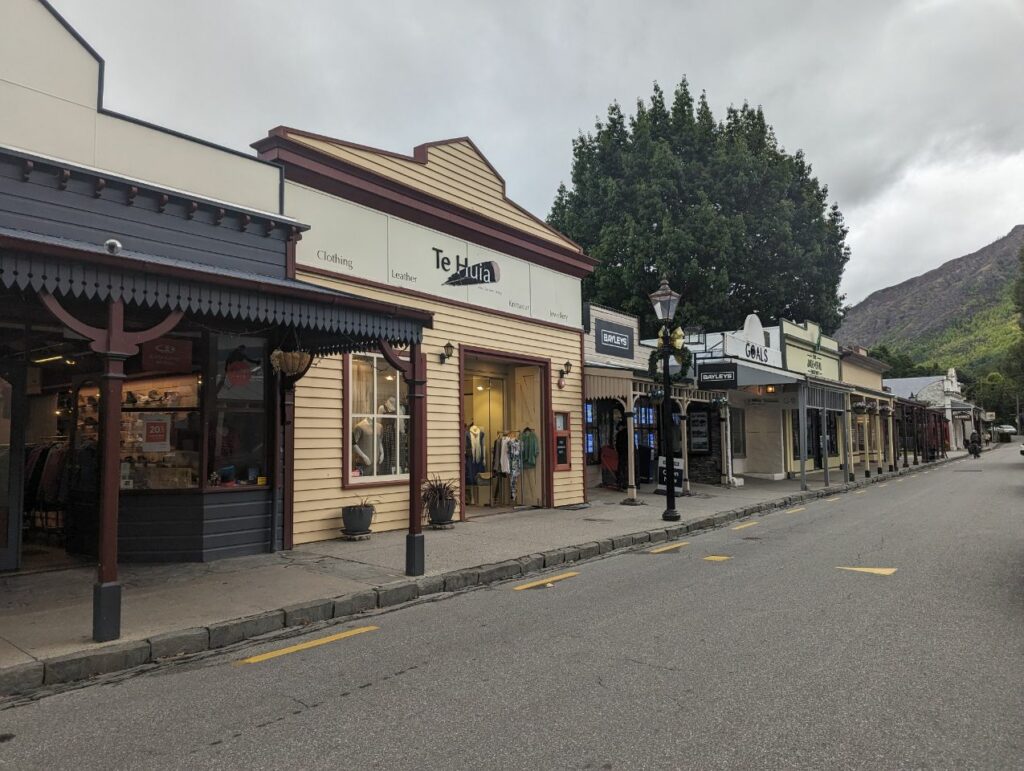
QUEENSTOWN
29 Decembre 2022 - 01/01/2023
Queenstown (Māori: Tāhuna)[3] is a resort town in Otago in the south-west of New Zealand’s South Island. It has an urban population of 15,800 (June 2022).[4]
The town is built around an inlet called Queenstown Bay on Lake Wakatipu, a long, thin, Z-shaped lake formed by glacial processes, and has views of nearby mountains such as The Remarkables, Cecil Peak, Walter Peak and just above the town, Ben Lomond and Queenstown Hill.
The Queenstown-Lakes District has a land area of 8,704.97 square kilometres (3,361.01 sq mi) not counting its inland lakes Hāwea, Wakatipu, and Wānaka. The region has an estimated resident population of 49,500 (June 2022).[4] Neighbouring towns include Arrowtown, Glenorchy, Kingston, Wānaka, Alexandra, and Cromwell. The nearest cities are Dunedin and Invercargill. Queenstown is known for its commerce-oriented tourism, especially adventure and ski tourism.
History
Māori settlement and presence
The area was discovered and first settled by Māori. Kāi Tahu say that the lake was dug by the Waitaha ancestor, Rākaihautū, with his kō (digging stick) named Tūwhakaroria. After arriving at Whakatū Nelson in the waka Uruao, Rākaihautū divided his crew into two. He led one group through the interior of Te Waipounamu, digging the freshwater lakes of the island. After digging the lakes Hāwea, Wānaka, and Whakatipu Waimāori, he travelled through the Greenstone and Hollyford valleys before finally digging Whakatipu Waitai (Lake McKerrow).[5]
The first non-Māori to see Lake Wakatipu was European Nathanael Chalmers who was guided by Reko, the chief of the Tuturau, over the Waimea Plains and up the Mataura River in September 1853.[6] Evidence of stake nets, baskets for catching eels, spears and ashes indicated the Glenorchy area was visited by Māori. It is likely Ngāi Tahu Māori visited Queenstown en route to collect Pounamu (greenstone). A settlement called Te Kirikiri Pa was occupied by the tribe of Kāti Māmoe which was situated where the Queenstown Gardens are today, but by the time European migrants arrived in the 1860s this settlement was no longer being used.[7]
European settlement c. 1860
European explorers William Gilbert Rees and Nicholas von Tunzelmann were the first non-Māori to settle the area. Rees established a high country farm in the location of Queenstown’s current town centre in 1860, but the discovery of gold in the Arrow River in 1862 encouraged Rees to convert his wool shed into a hotel named the Queen’s Arms, now known as Eichardt’s.[8]
Many Queenstown streets bear names from the gold mining era (such as Camp Street) and some historic buildings remain. William’s Cottage, the Lake Lodge of Ophir (now Artbay Gallery), Queenstown Police Station, and St Peter’s Anglican Church lie close together in a designated historic precinct.
Naming
Tāhuna, the te reo name for Queenstown, means « shallow bay ».[7]
There are various apocryphal accounts of how Queenstown gained its name, of which the following appears to be the most likely: « When William Rees first arrived in the area and built his homestead, the area was known as The Station although miners soon referred to it as The Camp from 1860 to 1862. The miners, and especially the Irish, had taken an interest in the ceremony held for a town called Cobh in Ireland (then part of the United Kingdom) which was renamed Queenstown in honour of Queen Victoria in 1850.[9]
There was then a public meeting to name the township on the lake in January 1863 (probably the weekend of the 3rd and 4th) in which the town was officially given the name of Queenstown in reference to Ireland’s Queenstown. By 9–10 January 1863, the town was being reported with the name of Queenstown in several reports written by a correspondent in the Otago Witness on 5 and 6 January.[10][11]

